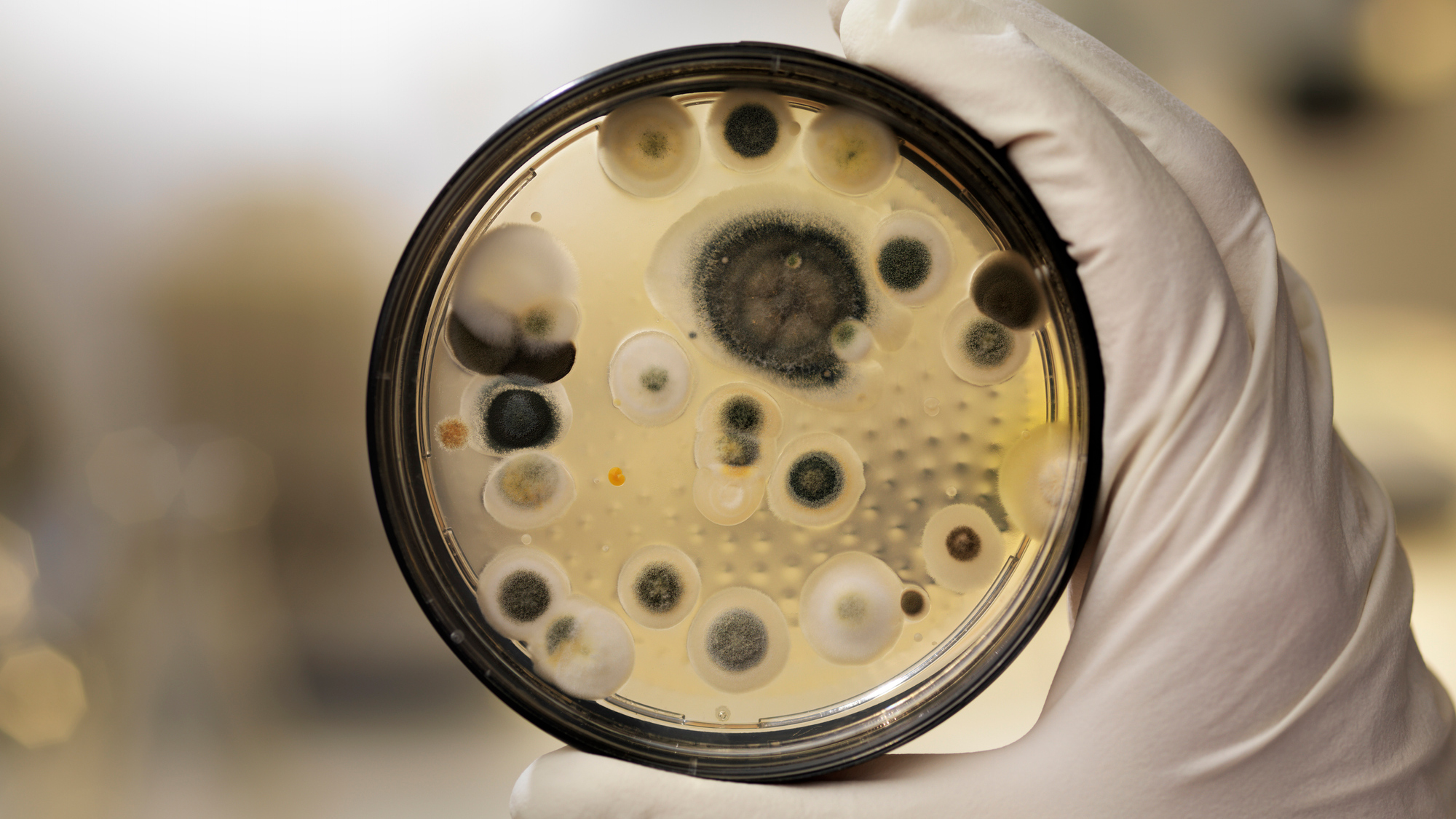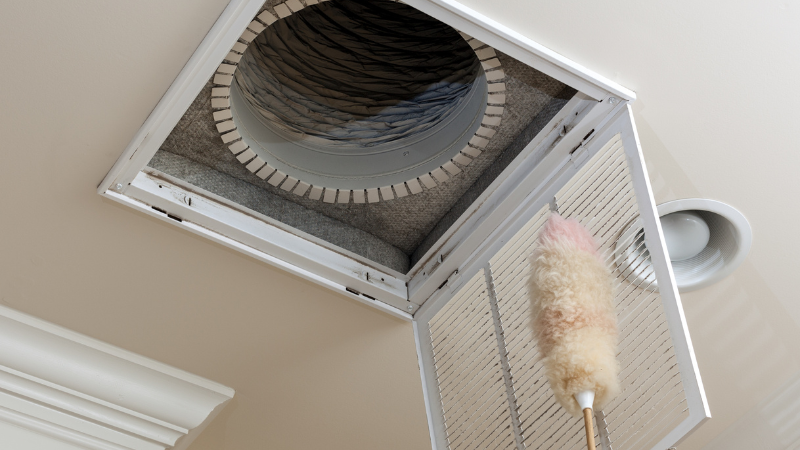Mold growth can be a hidden menace, quietly infiltrating our homes and posing serious health risks. Whether due to a damp basement, a leaky roof, or high humidity levels, the presence of mold is often undetected until it’s too late.
This is where mold testing kits come into play. These handy tools can help homeowners uncover what lies beneath walls, carpets, and other surfaces.
However, using them correctly is essential for obtaining accurate results. In this article, we will explore how to navigate the nuances of mold testing with precision.
From selecting the right kit to understanding the importance of timing and environmental conditions, we will equip you with the knowledge needed to tackle mold detection effectively. Get ready to step into the world of mold testing and discover how to safeguard your space from this unwelcome intruder.
Types of Mold Testing Kits

When exploring the world of mold testing kits, it’s essential to understand the various types available. Broadly speaking, these kits can be categorized into three main types: surface testing kits, air sampling kits, and bulk sampling kits.
Surface testing kits are designed for straightforward applications, allowing you to swab or tape various surfaces to check for mold presence. Air sampling kits, on the other hand, collect airborne spores and particles, providing insight into the mold conditions of an entire environment—ideal for assessing indoor air quality.
Lastly, bulk sampling kits enable you to gather samples from materials like drywall or insulation, giving a deeper analysis of potentially hidden mold infestations. Each type serves a specific purpose and can yield diverse insights, helping you address mold problems more effectively.
Selecting the right kit ensures you get the most accurate results for your situation.
Step-by-Step Guide to Using Mold Testing Kits

Using mold testing kits can seem daunting at first, but a clear step-by-step approach can demystify the process. Begin by carefully reading the manufacturer’s instructions to familiarize yourself with the specific kit you’ve chosen, as various kits may have different requirements.
Next, identify the areas in your home that you suspect to be affected by mold; common hotspots include bathrooms, basements, and areas with visible water damage. Once you’ve pinpointed these spots, it’s time to set up the test—this typically involves collecting air samples or surface swabs, depending on the kit’s design.
Make sure to wear gloves and a mask to avoid inhaling spores or coming into contact with mold. After sampling, seal the samples according to the kit instructions and send them to a laboratory if required, or keep them sealed for your own analysis.
Lastly, don’t forget to log your findings and any environmental conditions, like humidity and temperature, during the testing period; this context may help in understanding the test results and addressing any mold issues effectively.
Taking Action After Testing

After you’ve conducted mold testing and received your results, it’s essential to take decisive action, based on the findings. First, carefully evaluate the type of mold detected and its concentration levels—this will guide your response.
If the results indicate hazardous levels, don’t hesitate; proactive measures are paramount. Start by identifying the source of moisture, as this is often the root cause of mold growth.
Implement necessary repairs, whether it be fixing leaks or improving ventilation. As you tackle the physical cleanup, consider enlisting professionals if the infestation is extensive or if you feel overwhelmed.
Always ensure to protect your health with appropriate gear—gloves, masks, and goggles—during any remediation efforts. Lastly, once the area is treated, monitor it closely.
Follow-up testing can provide peace of mind and confirm that your actions were effective in restoring a safe living environment. Your diligence now will pay dividends in the long run, ensuring a healthier space for you and your loved ones.
Conclusion
In conclusion, utilizing Black Mold Testing kits correctly is essential for obtaining accurate results and ensuring a healthy living environment. By following the manufacturer’s instructions meticulously, understanding the types of mold present, and interpreting the results accurately, homeowners can effectively assess their indoor air quality.
Additionally, if you suspect the presence of hazardous mold, such as black mold, seeking professional assistance may provide further clarity and remediation options. Remember, timely and precise testing can prevent health risks and contribute to a safer home, making it a vital step for any concerned homeowner.


